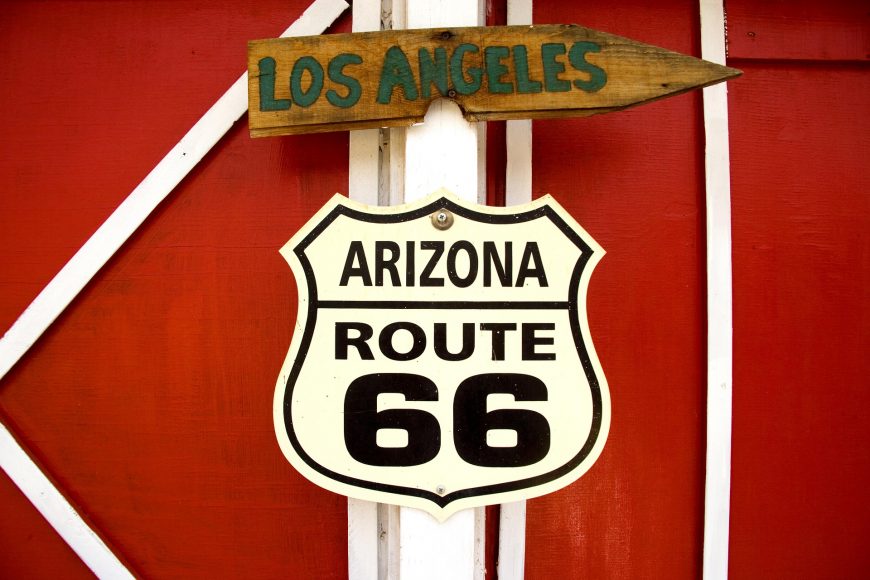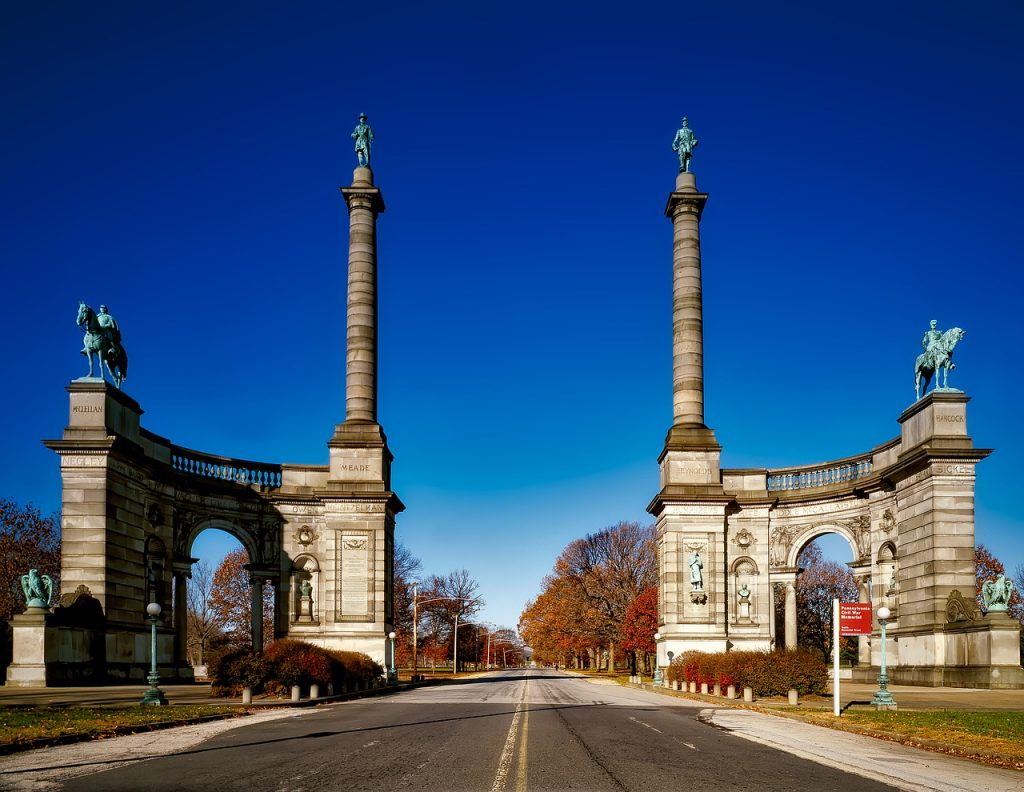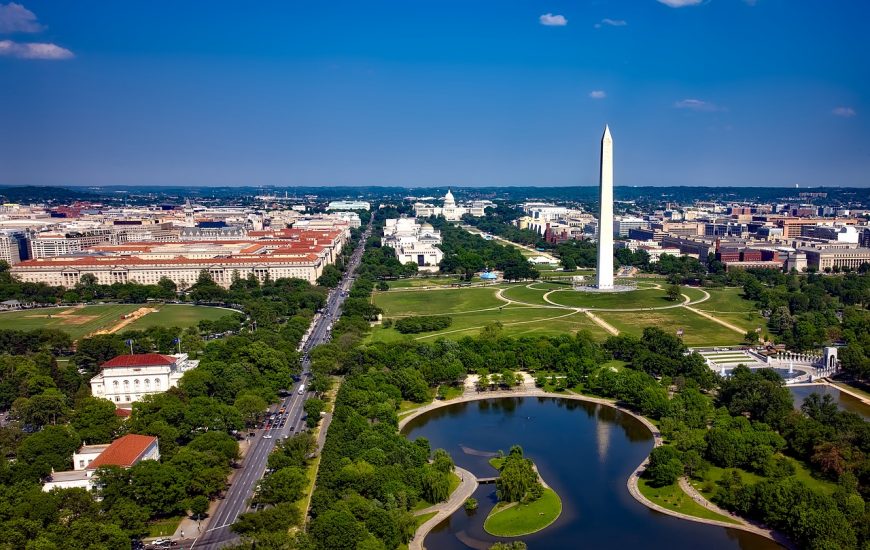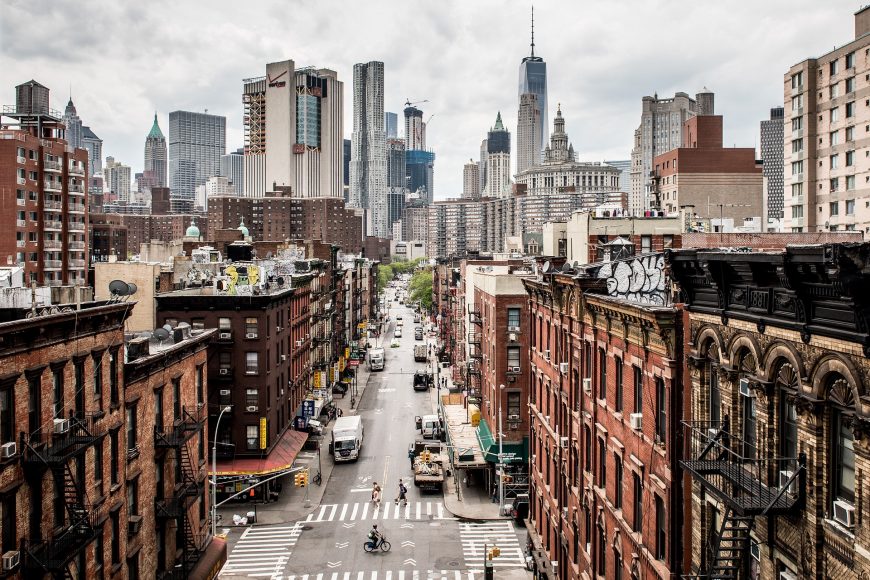6 Things to Expect When Moving to a New Neighborhood

Moving to a new neighborhood can bring up a range of unexpected emotions, whether you’re leaving with your family or by yourself. While this transition may not be the easiest, it doesn’t have to be as difficult as you may anticipate. By using the information from Ian’s Interstate Movers below, you can learn a lot about what you can expect when the move happens. It can help put your mind at ease by reducing some of the anxiety expected with this change.
1. Unfriendly/Shy Neighbors
Not all your neighbors will walk up to your door with a fruit basket and introduce themselves. Some may be unfriendly and even unhappy that new residents are coming into their neighborhood. To avoid this, it’s a good idea to introduce yourself to those who live the closest. Not only will this make daily life better, but it will also ensure added safety as everyone watches out for one another.
2. Getting Lost
Even if you’re not moving far, it can be easy to get lost on new streets. To get familiar with your surroundings, try taking a walk each day to learn the general area. Doing this can also introduce you to new parks and other community-shared spaces that you may be interested in using. You can also look online at a map of your neighborhood to learn where the best exits/entrances are for the routes you take most often.
3. Nosy Neighbors
Your neighbors won’t know a lot about you, so they’ll likely be interested in what you’re doing when you’re outside. Make things easier for everyone by being approachable and keeping the outside of your property clean and tidy. After a few months, most people will take a lot less interest in what you’re doing. It’s also a good idea to keep loud noises to a minimum to avoid causing any conflicts with those who are nearby.
4. New Trash Days
Garbage collection and recycling are essential details to consider when you move. To avoid any problems, make sure you schedule and pay for trash collection well before you move in. Also inquire about bulk trash, especially if you have large items that will need to be tossed out after the move. The last thing you want to do is make your new neighbors angry by putting out bulk items that aren’t going to be picked up for days, weeks, or at all.
5. How Parking Works
It’s crucial to pay attention to street-sweeping schedules, so you know when street parking is allowed. Aside from this, it’s important not to park in areas where you’ll be blocking driveways.
6. Questioning Safety
Even if you’re in an overall good neighborhood, it’s easy to question your safety when you’re in a new home and area. If you want some added peace of mind, ask your neighbors about a neighborhood watch. You may also want to invest in a security system if it is right for you.
Tips for Feeling at Home
Feeling like you’re at home in your new neighborhood can take a while, so don’t pressure yourself like you need to fit in right away. Give yourself time to meet your neighbors and learn how things work. In time, you’ll likely love where you live and will enjoy the new faces around you.












